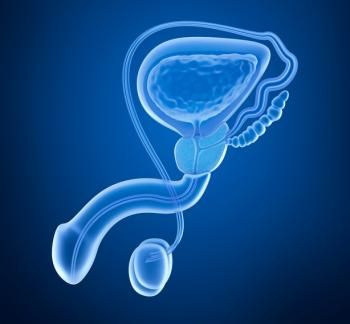Introduction
Testicular torsion is a serious medical condition that occurs when the spermatic cord, which supplies blood to the testicle, becomes twisted. This twisting cuts off the blood supply to the testicle, causing sudden and severe pain. Testicular torsion is a urological emergency that requires immediate medical attention. If left untreated, it can lead to permanent damage to the testicle.

This condition is most common in males between the ages of 12 and 18, but it can occur at any age. Testicular torsion is relatively rare, affecting about 1 in 4,000 males.
Causes of Testicular Torsion
The exact cause of testicular torsion is unknown, but it is thought to be caused by a structural abnormality in the spermatic cord or the testicle itself. This abnormality allows the testicle to rotate freely within the scrotum, which can lead to the spermatic cord becoming twisted.
Certain factors can increase the risk of testicular torsion, including:
- Bell-clapper deformity: This is a condition where the testicle is not properly anchored to the scrotum, making it more likely to rotate.
- Previous testicular torsion: If you've had testicular torsion before, you're at an increased risk of it happening again.
- Family history of testicular torsion: Some people may be genetically predisposed to this condition.
- Cold temperatures: Exposure to cold temperatures can cause the muscles in the scrotum to contract, which may increase the risk of torsion.
Symptoms of Testicular Torsion
The most common symptom of testicular torsion is sudden, severe pain in the affected testicle. This pain may be accompanied by:
- Swelling of the scrotum
- Nausea and vomiting
- Abdominal pain
- Fever
- Frequent urination
- Blood in the urine
Diagnosing Testicular Torsion
Diagnosing testicular torsion requires a physical examination and a review of your medical history. The doctor will examine your scrotum for swelling, tenderness, and the presence of the cremasteric reflex (a reflex that causes the testicle to retract when the inner thigh is stroked).
Further investigations, such as ultrasound imaging, may be necessary to confirm the diagnosis and rule out other conditions that can cause similar symptoms, such as epididymitis.
Treatment for Testicular Torsion
Testicular torsion is a surgical emergency. The goal of treatment is to untwist the spermatic cord and restore blood flow to the testicle. This procedure is called a manual detorsion, and it may be attempted prior to surgery if the condition is diagnosed early enough.
In most cases, surgery is required to permanently fix the testicle in place and prevent future episodes of torsion. This procedure is called an orchiopexy. If the testicle is severely damaged and cannot be saved, it may need to be surgically removed (orchiectomy).
Prompt diagnosis and treatment of testicular torsion are crucial to save the testicle and preserve fertility. If you experience sudden and severe testicular pain, seek immediate medical attention.





